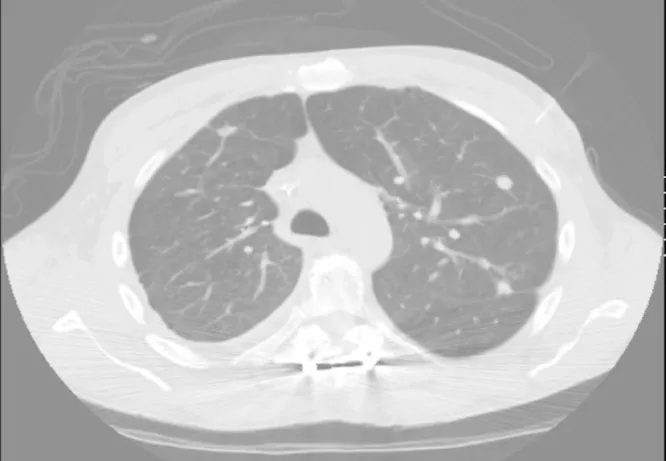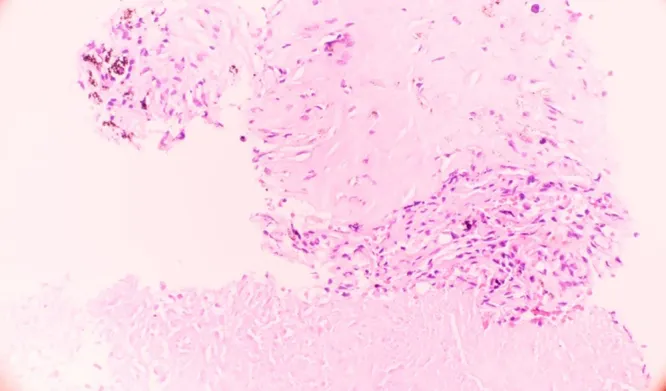Heartworm disease, caused by the parasitic nematode Dirofilaria immitis, is a serious and potentially fatal condition primarily affecting dogs, but rarely cats, wolves, and foxes. While this debilitating parasite poses a significant threat to our canine companions, humans typically do not develop the same severe, life-threatening heartworm disease that dogs do. This difference often leads pet owners to wonder: Why Do Dogs Get Heartworm And Not Humans in the same way? The answer lies in the fascinating biological intricacies of host specificity and the differing immune responses between species. Understanding these distinctions is crucial for dog owners to appreciate the importance of year-round heartworm prevention for their pets.
The Life Cycle of Heartworm: A Dog’s Predicament
To grasp why dogs are the primary targets for heartworm, we must first understand the parasite’s complex life cycle, which relies on two hosts: a mosquito (intermediate host) and a canine (definitive host).
The cycle begins when a mosquito bites a dog infected with heartworms. The dog’s bloodstream contains microscopic baby worms called microfilariae, which are ingested by the mosquito. Inside the mosquito, these microfilariae develop into infective larvae (L3 stage) over 10 to 14 days, depending on temperature.
When the infected mosquito then bites another dog, these infective larvae are deposited onto the dog’s skin and enter the bloodstream through the bite wound. Once inside the dog, the larvae migrate through the body, eventually reaching the pulmonary arteries and right side of the heart, where they mature into adult worms. This maturation process can take about 6-7 months. Adult heartworms can live for 5-7 years in dogs, growing up to a foot long, mating, and producing millions of new microfilariae, perpetuating the cycle.
Dogs are considered “definitive hosts” because the parasite can complete its entire life cycle, including sexual reproduction and the production of new microfilariae, within their bodies. The dog’s physiological environment provides the perfect conditions for the worms to thrive, grow, and reproduce, leading to severe damage to the heart, lungs, and associated blood vessels.
Why Humans Are “Accidental Hosts”: A Biological Mismatch
Humans can also be bitten by infected mosquitoes, leading to the transmission of Dirofilaria immitis larvae. However, the outcome in humans is vastly different. While humans can become infected, they are considered “accidental hosts” or “dead-end hosts.” This means that the parasite cannot complete its full life cycle or reproduce within the human body.
When infective larvae enter a human, they attempt to migrate through the tissues, much like they would in a dog. However, the human immune system is not as hospitable. Our bodies recognize the invading larvae as foreign and mount an immune response that effectively prevents the worms from developing into mature adults that can reproduce. The worms typically die before reaching full maturity, often as they attempt to migrate to the lungs.
Instead of developing into large, reproductive worms in the heart, dead or dying larvae in humans often lodge in the pulmonary arteries. This triggers an inflammatory reaction, leading to the formation of a granuloma—a small, localized mass of immune cells—around the parasite. These granulomas appear as pulmonary nodules on chest X-rays or CT scans.
These pulmonary nodules are often asymptomatic and discovered incidentally during medical imaging for other reasons. In some rare cases, they might cause mild symptoms such as cough, chest pain, or a low-grade fever, but the severe cardiovascular disease seen in dogs is virtually unheard of in humans. Cases like the one described in medical literature, where multiple pulmonary nodules are found incidentally during a workup for another condition, exemplify how human dirofilariasis presents. While the patient may not have shown a confirmatory parasite on biopsy, the clinical picture, especially when considering exposure risks, points towards an indolent infection secondary to D. immitis.
 CT scan showing multiple pulmonary nodules in a human lung
CT scan showing multiple pulmonary nodules in a human lung
Key Differences in Host Environment: Why Dogs Are Vulnerable
The core reason why dogs get heartworm and not humans involves distinct physiological and immunological differences between the two species:
- Immune Response: Dogs have an immune system that, while capable of responding to parasites, does not effectively clear D. immitis in the same aggressive manner as the human immune system. In dogs, the worms can evade detection or suppress parts of the immune response, allowing them to mature and reproduce. In contrast, the human immune system is generally more efficient at recognizing and isolating the migrating larvae, killing them before they establish a chronic infection. The absence of peripheral eosinophilia in many human cases of dirofilariasis, as observed in some clinical reports, further underscores the atypical immune response in humans compared to other parasitic infections.
- Physiological Compatibility: The internal environment of a dog, particularly the pulmonary arteries and right heart, provides the necessary nutrients and conditions for D. immitis larvae to develop into sexually mature adults. Humans lack this optimal environment. The biochemical makeup and cellular interactions within human tissues are simply not conducive to the full development and reproduction of the heartworm.
- Host Specificity: Over millennia of co-evolution, Dirofilaria immitis has adapted specifically to dogs (and other canids) as its definitive host. This specificity means that the parasite’s biological machinery is programmed to thrive in canine physiology. While it can accidentally infect other species, its ability to complete its life cycle is severely restricted outside its primary host.
 Microscopic view of a necrotic granuloma from human lung biopsy due to heartworm
Microscopic view of a necrotic granuloma from human lung biopsy due to heartworm
Understanding Human Exposure vs. Sustained Infection
It’s important to clarify that while humans can be exposed to heartworm through mosquito bites, this does not mean they contract “heartworm disease” in the way dogs do. Human dirofilariasis is a very different clinical entity, typically characterized by benign pulmonary nodules and rarely, if ever, by the severe cardiac and respiratory compromise seen in dogs. The parasite fails to mature sufficiently to reproduce in humans, making us a “dead-end host” where the life cycle terminates.
While direct dog ownership itself might not be the sole risk factor for human dirofilariasis, the prevalence of infected dogs and mosquitoes in an area certainly increases the likelihood of human exposure. This underscores the shared environmental risk factors for both pets and their owners.
Protecting Your Dog: The Importance of Prevention
Given that dogs are highly susceptible to heartworm disease and humans are accidental hosts, the emphasis for pet owners remains firmly on preventing heartworm in their canine companions. Heartworm prevention is significantly safer, easier, and more affordable than treating the disease itself.
Veterinarians recommend year-round heartworm prevention, typically administered monthly or through an injectable option. These medications work by killing the heartworm larvae transmitted by mosquitoes before they can mature into adult worms. Regular veterinary check-ups, including annual heartworm tests, are also crucial to ensure your dog remains free of this parasite.
Beyond heartworm, other parasites like roundworms are also a concern. Understanding if [are roundworms in dogs contagious to humans] is important for pet owners, as some parasitic infections can have zoonotic potential. Comprehensive parasite control extends to external pests too. Knowing about [different types of flea treatments for dogs] can help protect your pet from irritating infestations. If your puppy is 4 months old, specialized [flea treatment for puppies 4 months old] might be needed to ensure their safety and effectiveness. Even if your [dog is itching but no sign of fleas], it’s worth investigating with your vet, as effective [flea and ear mite treatment for dogs] can significantly improve their comfort and overall health. Maintaining a clean environment and controlling mosquito populations around your home can also help reduce the risk of exposure for both you and your pets.
Conclusion
The primary reason why dogs get heartworm and not humans in the same debilitating way is a matter of host specificity, immune response, and physiological compatibility. Dogs provide the ideal environment for Dirofilaria immitis to complete its life cycle, leading to severe illness. Humans, on the other hand, are accidental hosts whose immune systems effectively thwart the parasite’s development, usually resulting in self-limiting pulmonary nodules. This biological distinction highlights the critical importance of protecting your canine family members from heartworm disease through consistent prevention. Consult your veterinarian to ensure your dog is on an appropriate heartworm prevention regimen and for comprehensive parasite control advice.
References
- American Heartworm Society. (n.d.). Heartworm Basics. Retrieved from https://www.heartwormsociety.org/
- Centers for Disease Control and Prevention (CDC). (n.d.). Dirofilariasis. Retrieved from https://www.cdc.gov/parasites/dirofilariasis/
- Genchi, C., Kramer, L. H., & Rivasi, F. (2011). Dirofilariasis (Heartworm Disease) in Humans. Advances in Parasitology, 73, 203-241. (This reference broadly covers the topic of human dirofilariasis.)
- The original article’s sources ([1], [2], [3], [4], [5], [6], [7], [8], [9]) provide a strong foundation for the medical facts presented. Specific details about the case report and discussion points are adapted from the provided text for context on human dirofilariasis.
